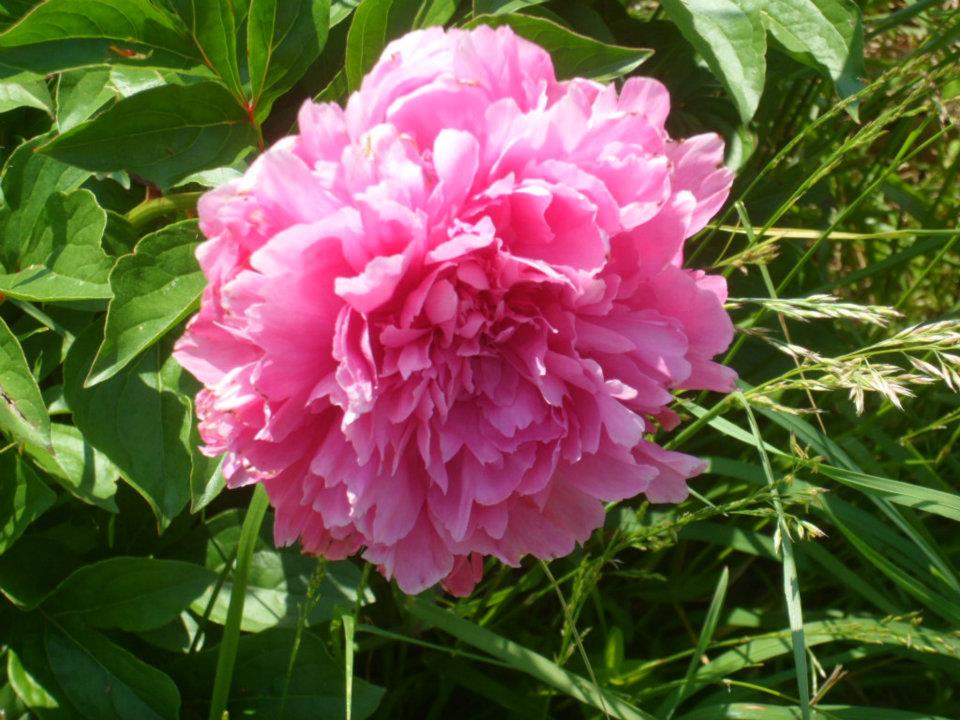Peonies have long captivated hearts and imaginations with their lush blooms and captivating fragrance. These exquisite flowers, adored for their timeless beauty, add an air of elegance to any garden or floral arrangement. In this comprehensive article, we delve into the enchanting world of peonies, exploring the different types, cultivation tips, and the symbolic meanings that have made them beloved floral treasures.
Different Types of Peonies: A Tapestry of Beauty
Peonies encompass a wide array of types, each showcasing its unique charm and allure. The three main types are herbaceous peonies, tree peonies, and intersectional or Itoh peonies. Herbaceous peonies, the most common type, produce large, showy flowers in an array of colors, including shades of pink, white, and red. Tree peonies, known for their woody stems and striking blooms, offer a wider color palette, with delicate pastels and vibrant hues. Intersectional or Itoh peonies are a cross between herbaceous and tree peonies, combining the best traits of both, with robust stems and showy flowers. Each type of peony boasts its own mesmerizing beauty, adding to the allure of these extraordinary blooms.
Cultivating Peonies: Tips for Growing Success
Cultivating peonies requires proper care and attention to ensure optimal growth and abundant blooms. Peonies thrive in well-drained soil and prefer a sunny location, although some varieties can tolerate partial shade. When planting peonies, it is important to prepare the soil adequately by incorporating organic matter and ensuring good drainage. The planting depth is critical, with the eyes (buds) of herbaceous peonies placed just below the soil surface and tree peonies planted at a shallower depth. Adequate watering, especially during dry spells, and regular fertilization are essential for healthy plants. Peonies also benefit from support structures, such as peony rings or stakes, to keep their heavy blooms upright. With proper care and patience, peonies will reward gardeners with their lavish beauty year after year.
Symbolic Meanings: Romance, Prosperity, and Honor
Peonies carry rich symbolic meanings, deeply rooted in different cultures and traditions. These flowers are often associated with romance, prosperity, and honor. In many cultures, peonies symbolize love, affection, and happy marriages, making them a popular choice for bridal bouquets and anniversary gifts. They are also considered a symbol of good fortune and wealth. In Chinese culture, peonies represent honor, nobility, and feminine beauty. The lushness and opulence of peony blooms have made them highly regarded as a symbol of prosperity and abundance.
Garden Beauty and Timeless Elegance
Peonies are celebrated not only for their symbolic meanings but also for their exceptional beauty in garden landscapes. Their large, abundant blooms create a stunning visual display and add a touch of grace and elegance to any setting. Peonies can be showcased as standalone plants, focal points in flower beds, or as part of mixed borders, blending harmoniously with other perennials and shrubs. Their enchanting fragrance and lush foliage make them a favorite choice for cut flower arrangements, infusing homes with their irresistible beauty and captivating scent.
Embracing the Timeless Beauty of Peonies
Peonies, with their lush blooms and timeless allure, continue to captivate and inspire. From their diverse types and cultivation tips to their symbolic meanings, peonies remain cherished flowers that have charmed generations. By embracing the enchanting presence of these extraordinary blooms, we can create gardens and floral displays that exude elegance and indulgence in the splendor of nature’s finest creations.
